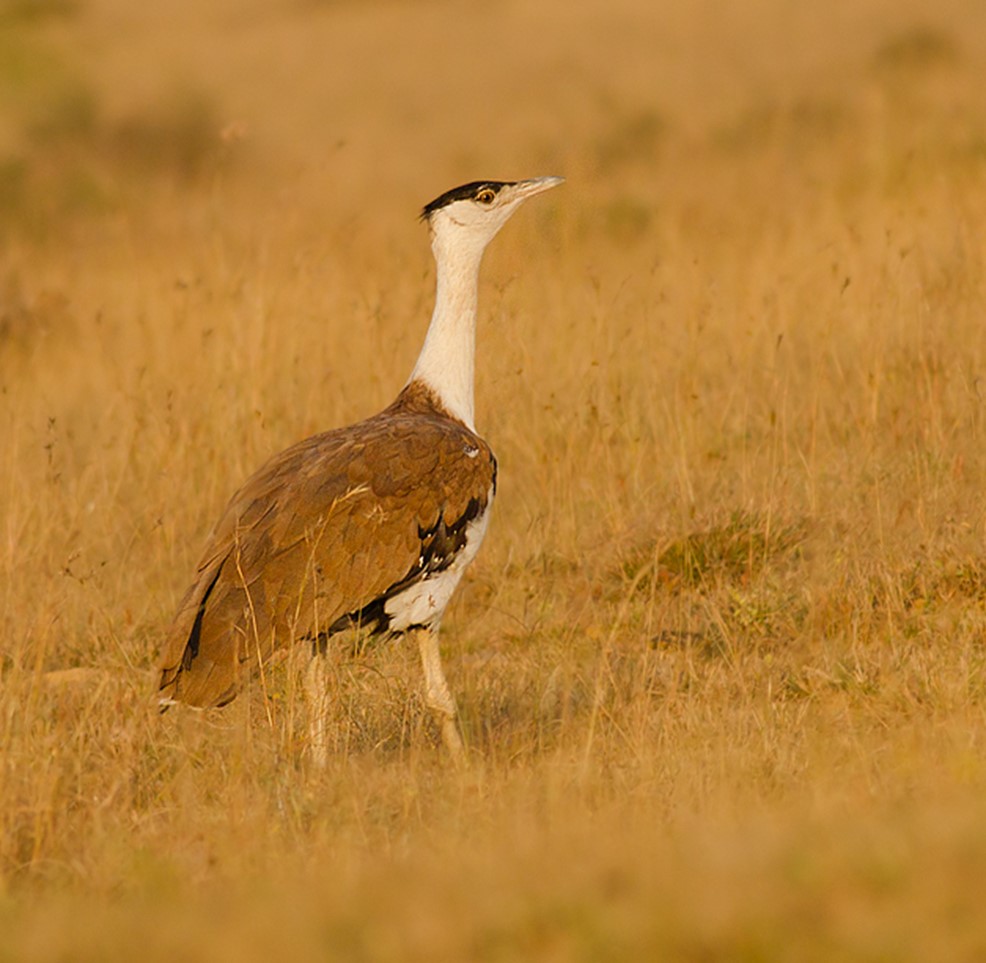Published in Dwarka Express on 28.4.24

Could you challenge nature? Scientists may dare to say, YES. In fact, we can quote many examples to prove that most of the human activities are performed against nature, rather artificially. However, certain acts take a heavy toll against human lives. Disasters happen when we construct a big dam, causing induced earthquakes. In Himalayas, few tunnels constructed, using dynamite blasts, have shaken the rocks and resulted in landslides. Silkyara tunnel mishap in Uttarakhand where 41 workers were trapped inside the tunnel was due to such massive construction defects. Another classic example is that we do not get rain due to the felling of trees and destruction of waterbodies. The recent cloud seeding action in Dubai seems to have evoked controversy. Cloud seeding is an artificial weather modification technique that aims to improve a cloud’s ability to produce rain or snow by introducing tiny ice nuclei (silver iodide) into certain types of cold clouds. Recently I met an IT guy who flew from Dubai. He said that the current turmoil in Dubai was not due to cloud seeding. He added of course that in Dubai, nothing is transparent, but still general impression is that cloud seeding is not responsible for the recent havoc. He also confirmed that such cloud seedings are common in Dubai, but the rains this time was unprecedented and appeared that it was due to climate change. Whether climate change or cloud seeding, the fact was that Dubai floated.
254 millimeters of rainfall was recorded in one Dubai town which is the highest amount of rainfall recorded there. According to a report, the low-pressure systems in the upper atmosphere and surface-level pressure fluctuations created conditions which resulted in the formation of intense thunderstorms. However, if we look into the cloud seeding. According to www.earth.org, cloud seeding cannot have a massive impact. Cloud seeding can only change certain clouds and does not affect the complex patterns of big-scale weather and climate events. Certainly, it helps right away with water and soil, but looking deeper suggests a complicated relationship with possible effects on local ecosystem. The silver iodide particles are injected into the atmosphere, triggers other pollutants. It is a potential health mess, all while trying to control the weather. Therefore, we can say with confidence that cloud seeding is not a perfect solution for combating drought. Further it is feared that human exposure in cloud seeding will lead to threat of iodism, which means skin rashes and digestive issues. Such pitfalls will result due to tampering of nature by artificial method. Cloud seeding on the whole may not be a wise decision according to the above-mentioned website.
‘Why don’t we resort to cloud seeding in Bangalore?’ someone wondered in WhatsApp group, as Bangalore was dry for six months. ‘Where is the cloud for seeding?’ replied another guy spontaneously. True, clouds are almost forgotten in Bangalore.


